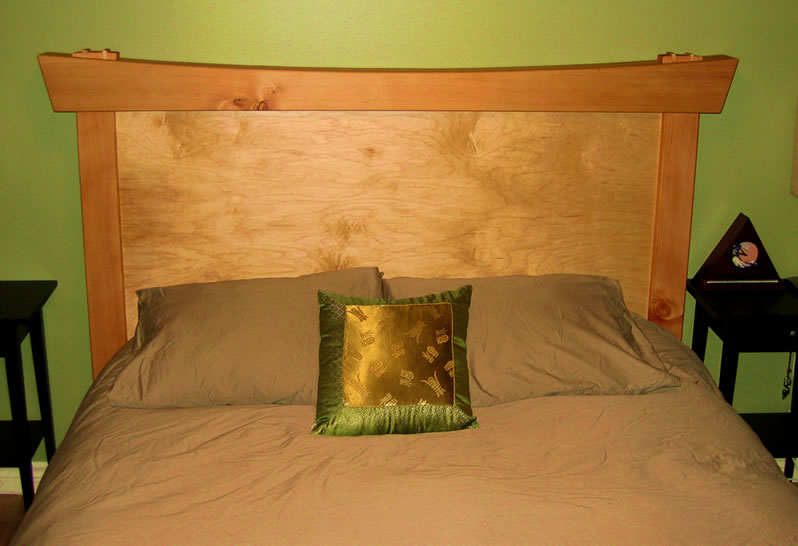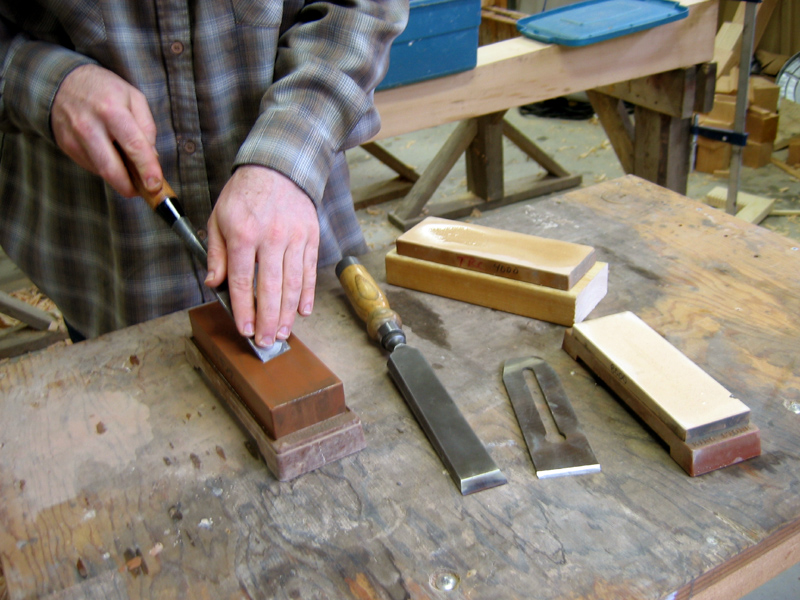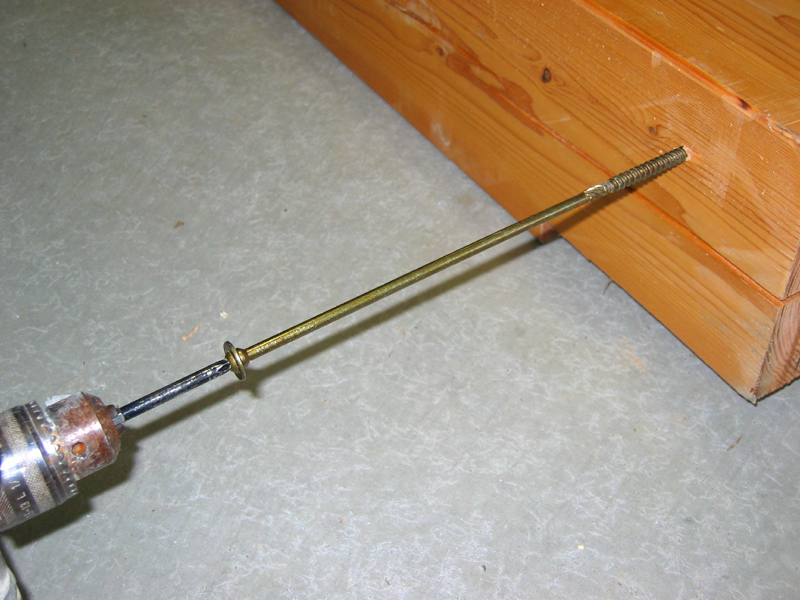“The Japanese word wa is a single kanji meaning ‘harmony; peace; peaceful.’ In common usage wa means ‘harmony’ as in being in harmony with one’s environment and it means “peaceful” as in being in a peaceful state of mind or feeling at peace.” ~Eri Takase
People keep asking me why would I use hand tools to cut this timber bed? It takes longer, involves more physical endurance, and the amount of precision necessary is astonishing.
My simple answer is the Japanese feeling of wa, or harmony, that I feel while working with hand tools. Noisy vibrating power tools don’t allow that feeling of peace to pervade my workspace or my body.
With hand tools, I can feel the grain of the wood so clearly, and my minute adjustments as I work with the wood become a flow and a rhythm that I find hard to describe. Using the small block hand plane, I can feel even the smallest variations in the wood, and learning to harmonize with that piece of wood in order to coax out the best finish draws my attention so fully that it becomes a meditation.
I also wanted to use woods for this bed that would give a gentle contrast in colour and grain. Maple and fir were my choices in the end, as they are both Canadian grown, and when combined in the same piece of furniture, they are different enough to provide interest while being complementary in tone.
Douglas fir for the timbers and rails of the bed frame was a great choice for durability as well as for its reddish glow that deepens over time. This wood was harvested locally, reducing the carbon footprint (less gas to truck the wood here!)
This bed was destined for Alberta with its arid climate, so I adjusted my joinery to take that into account. Wood is a living substance, and even after it has been harvested, it continues to change and move in tune to the rhythm of the seasons and the humidity in the air.
~Tim



